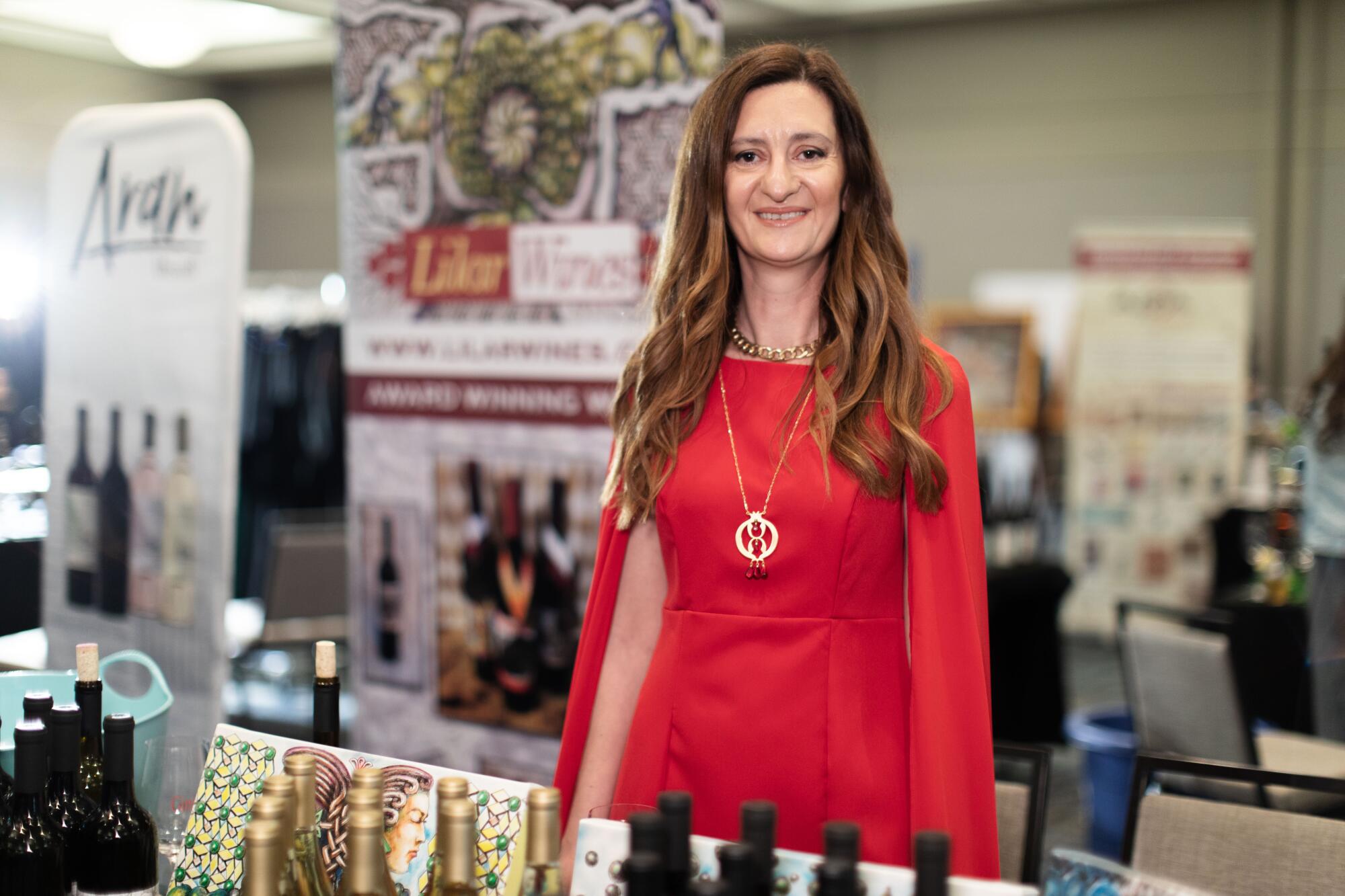
- Share via
Wine has always been an inseparable part of Armenian history. Just look at Areni-1, an ancient winery discovered in the village of Areni in 2007, with well-preserved clay vessels, a wine press for stomping grapes, drinking cups and withered grape vines, skins and seeds. Armenian wine even withstood a 70-year-long Soviet ruling that decreed grapes were to be used only for brandy, vodka and fortified wine production. It was only after independence was proclaimed in 1991 that a few vintners were able to take the first steps to reestablish the winemaking traditions of the new Republic of Armenia. Now, Armenian wine has emerged as a global player in the modern era.
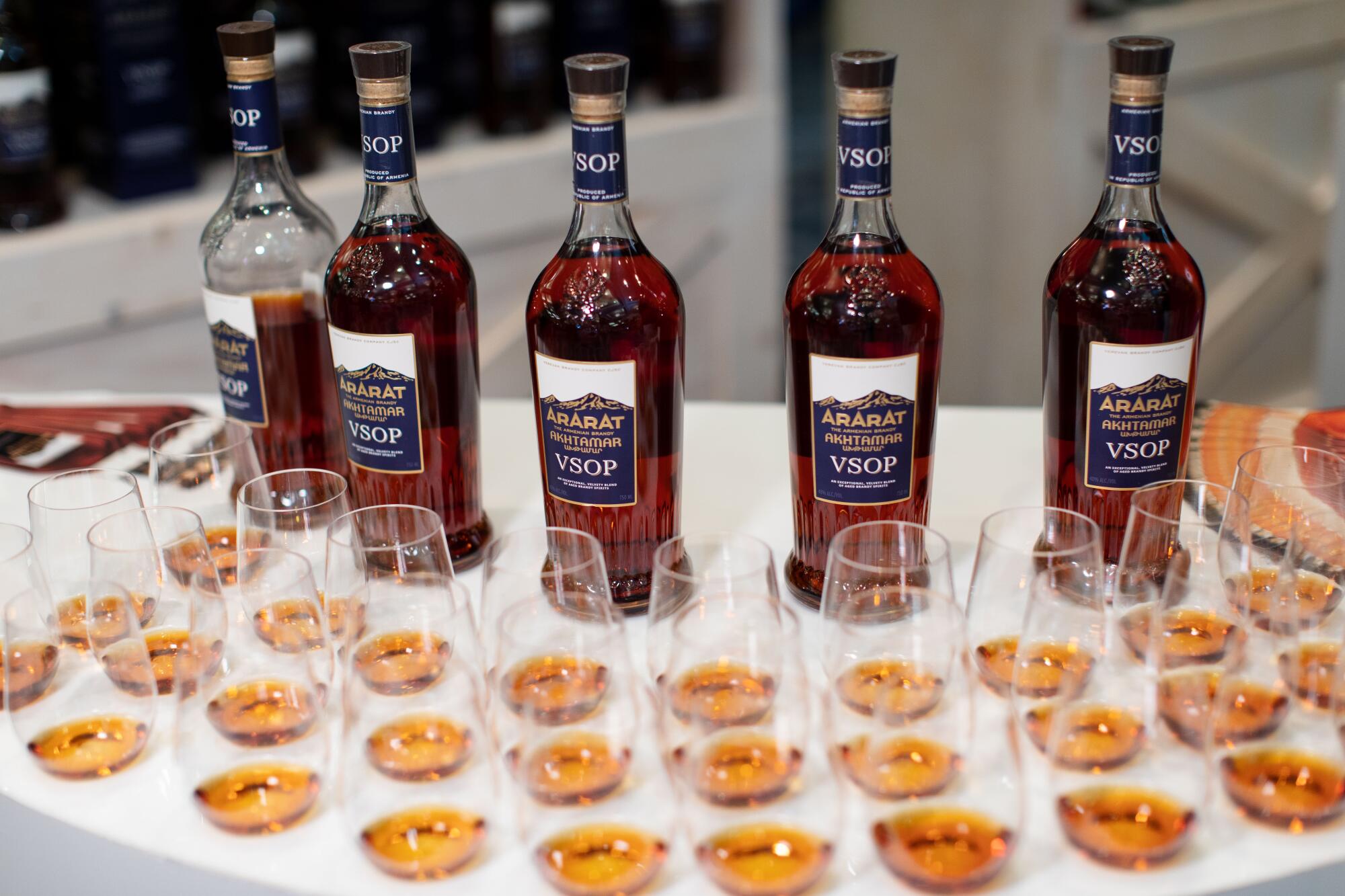
“Armenian wine is ancient and also entirely new,” said Master of Wine Christy Canterbury, who participated in L.A.’s Armenian-wine-centered GiniFest virtually from New York. “Today, producers are experimenting and rediscovering how best to make their wines but also how to plant and farm their vineyards. The possibilities are endless.”
This new chapter started with growers such as the Mkrtchyan family of Voskeni Wines, Zorik Gharibian of Zorah Wines, Varuzhan Mouradian of Van Ardi Winery and others who chose winemaking as an investment in their homeland and a way to honor their ancestors. With the help of prominent winemakers, Armenian vintners worked with the terroir to bring out the intense flavors of the grapes.
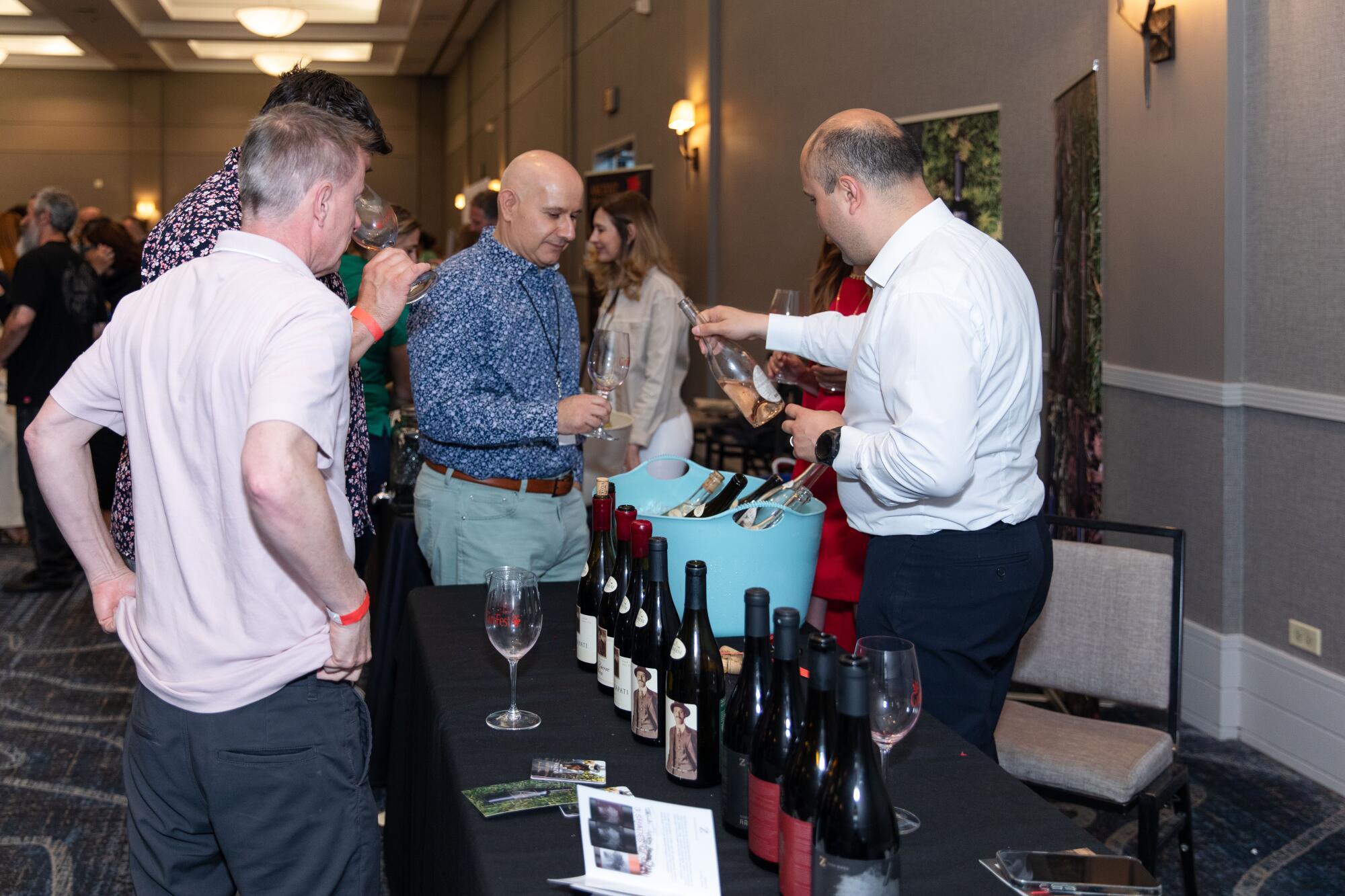
“Armenia’s terroir relates to some of the hottest topics in the wine industry today: volcanic soils and high-altitude, cool-climate vineyards,” said certified sommelier Irina Ponomarenko. These conditions are ideal for grapes growing in Armenia’s winemaking regions of Aragatsotn, Tavush, Armavir, Ararat, Vayots Dzor, Syunik and the Republic of Artsakh, and part of what separates them from Old World wines produced in France, Italy or Germany.
Areni, Voskehat and Sireni are the most popular wine grape varieties native to Armenia, dating back 4,000 to 6,000 years, and used to create wines ranging from sparkling to still, and even dessert wines. With thick, dark skin, Areni is disease-resistant and strong enough to survive the country’s harsh winters, lending itself to elegant, full-bodied wines. Voskehat, which translates to golden berry, is considered the queen of the Armenian varieties. Not as disease-resistant as Areni, it makes delicate white wines with aromas of fruits and wildflowers. Sireni is the indigenous grape variety of the Republic of Artsakh and is known for its robust flavors.
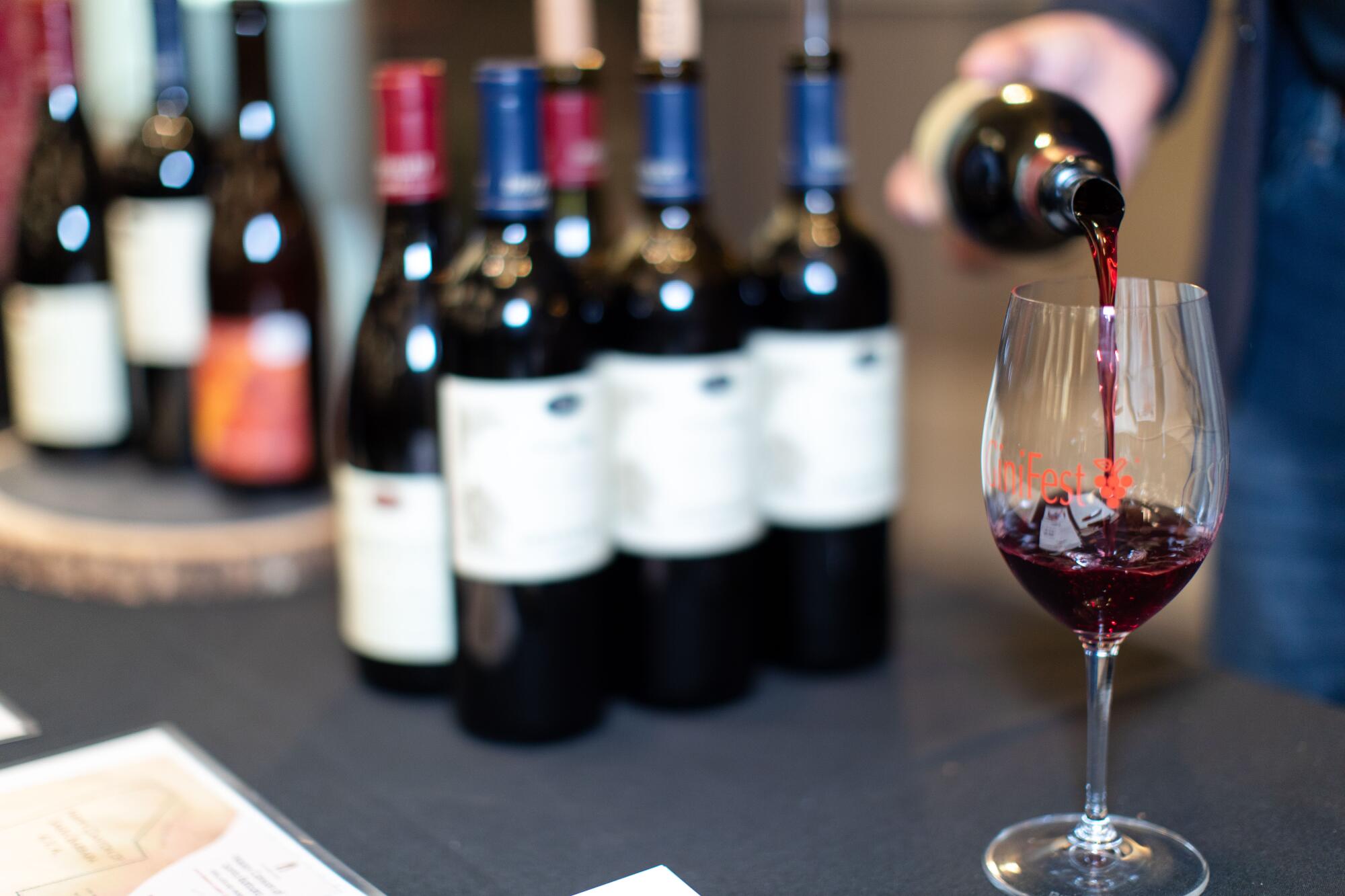
Historically, multiple varieties were planted together in a single vineyard, with all of the different grapes harvested at the same time and made into a single wine. Today, Armenian winegrowers are separating the varieties in order to understand how each of the grapes performs differently.
“Armenian wine brings us grapes we don’t see grown anywhere else in the world, grapes that are uniquely Armenian,” Canterbury said. “Take Areni, Armenia’s signature red grape. It is an ancient grape that has been largely isolated in this part of the Caucasus. It’s a rugged survivor. Also, it is grown at very high elevation, around and even over 4,000 feet above sea level. These conditions give the grape a remarkable intensity of flavors and structure.”

Recently, a collaboration between Armenian producer Maran Winery and the Institute of Molecular Biology revealed another lost indigenous grape variety — Areni Blanc. This grape now is being used by Maran Winery in its white and orange wine production.
In celebration of Armenia’s winemaking traditions, every year winemakers fly from Armenia to Los Angeles to offer their craft at GiniFest (gini translates to wine in Armenian), an Armenian wine and spirits festival founded in 2018 by sommelier and winemaker Anush Gharibyan O’Connor with L.A. philanthropist Stepan Partamian.
“When I was earning my degree at the Agrarian University of Armenia, my teacher would often speak with great enthusiasm and admiration about Bordeaux wines,” O’Connor said. “I couldn’t help but wonder if Armenian wine would ever garner the same level of recognition, and how I could help facilitate that. Could Areni become a grape that would be known in other countries like the United States?”
Starting with only 10 wineries, year by year GiniFest has grown. This year’s festival brought more than 50 Armenian winemakers from around the world, offering more than 200 wines made from indigenous Armenian varietals and aged in traditional clay vessels and oak barrels.

Husband-and-wife Alex and Talar Sarafian bought their 15-acre Sarafian Vineyards in Artsakh in 2005 as a passion project, selling indigenous Sireni grapes to other wineries. In 2018, the pair began producing estate-grown wines under their new Aran Wines label, including the first rosé made with Sireni grapes. “We like full-bodied wines, like Cabernet Sauvignon, that we are used to drinking here in the U.S.,” Alex Sarafian said. ”When we first tried Sireni, we knew we wanted our wines to be made from that grape.”
Founded in 2013 by the Karapetyan family, less than two kilometers from Areni-1 Cave, Hin Areni vineyards replaced a factory that produced dessert wines during the Soviet Union. On 32 hectares surrounding Areni Village, Hin Areni works specifically with single varietals, highlighting the fresh white fruits and citrus flavors associated with Voskehat and the cherry, black currant and pepper aromas in Areni grapes. A decade after opening, Hin Areni is in the process of building a museum, a guest house and a new vineyard to expand its operations.
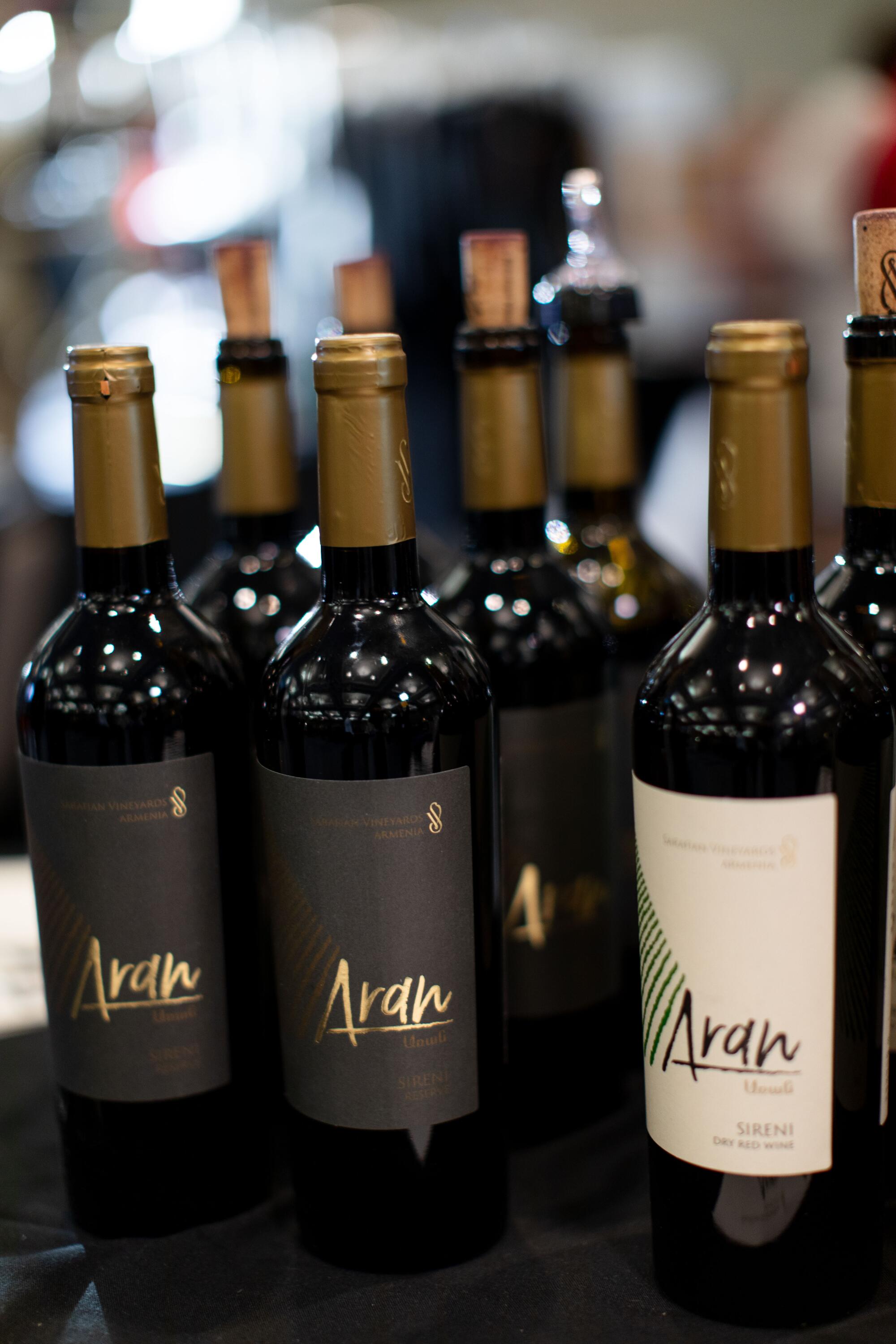
GiniFest has introduced Armenian wines to restaurants and wine shops across the U.S., but in Los Angeles in particular. In Studio City, the entire wine list at Rouge restaurant is dedicated to Armenian wines, with more than 20 wineries featured on its list.
“We’ve made it a point to educate all of our guests on the rich history behind the wines, the grape varietals and the ancient winemaking process that is unique to Armenia,” said Rouge co-owner Kevin Zadoyan. “Once in a while, a guest will be confused because the wines are different from what they are used to drinking, but that moment is usually fleeting, and it leads to a second glass more often than not.”
As a new crop of Armenian chefs enters L.A.’s fine-dining arena, many are bringing a modern approach to the far-ranging cuisine of their homeland, while still upholding the tradition of Old World Armenian wines.
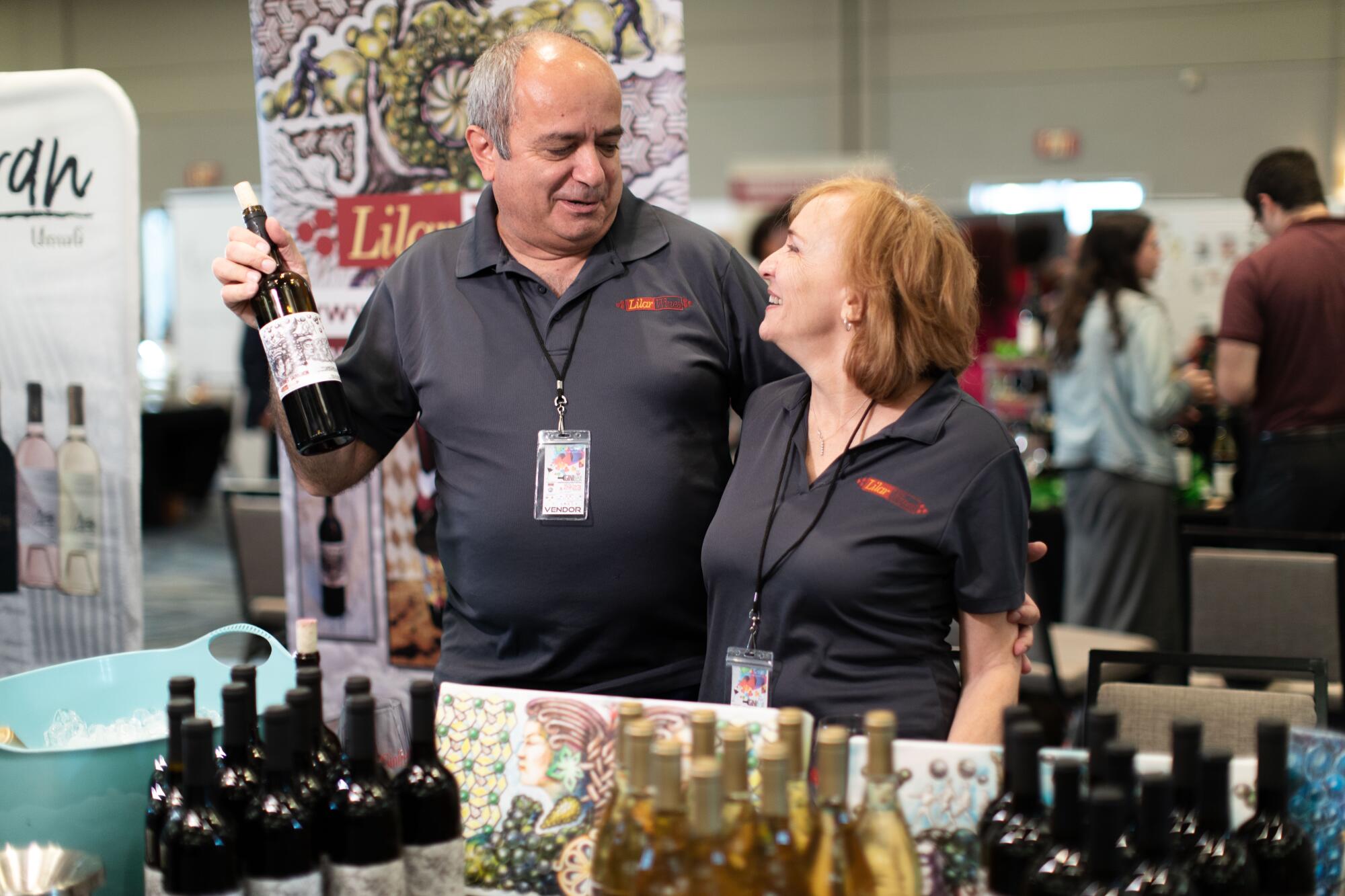
“[Wine] works hand in hand with food and cuisine,” said Alex Sarkissian, owner of Momed restaurant in Atwater Village. “Eastern Mediterranean flavors and spices are now being used by established chefs in well-known restaurants, so we can expect wines from those regions to become more popular.”
According to advanced sommelier Paul Sherman, the rise of Armenian wines couldn’t be better timed.
“Culturally, they’re as ‘Old World’ as they can possibly be, but with winemaking traditions that are currently in vogue with the natural wines being made today,” Sherman said. “More importantly, their wines are made with the unique, native grapes of the region, often with no added or needed adornment from oak.”
And with modern wine consumers displaying different preferences, such as a recent trend toward orange and natural wines, Armenian producers are well positioned to capitalize on the moment.

“Armenia provides energetic wines that nonetheless have character and offer a true sense of place,” said Robert Vartanian, advanced sommelier and director of wine at Wally’s. “So much of what makes wine special, even spiritual, is the story behind the bottle: the vineyard, the year, the personalities and cultures that dedicate their lives, even generations, to crafting something beautiful and delicious. Armenia’s is the oldest story.”

More to Read
Eat your way across L.A.
Get our weekly Tasting Notes newsletter for reviews, news and more.
You may occasionally receive promotional content from the Los Angeles Times.










